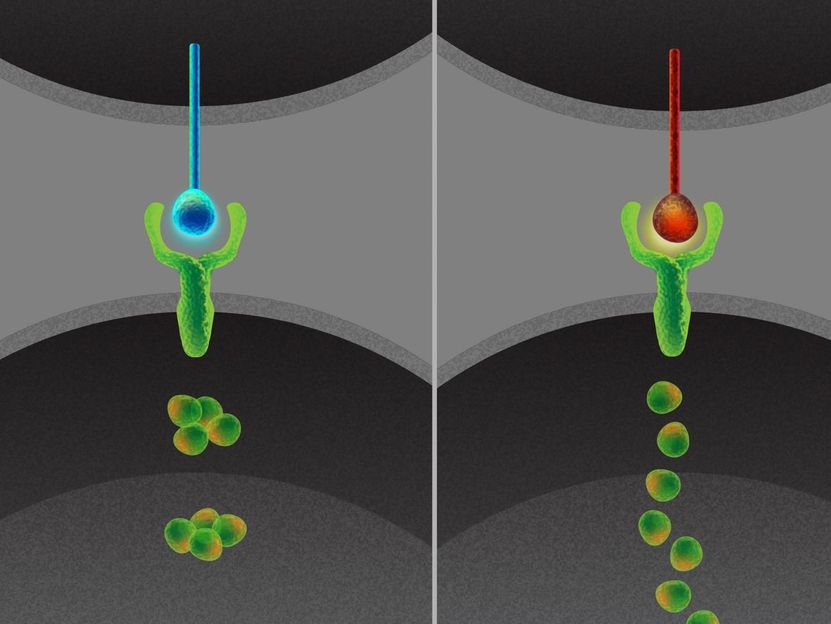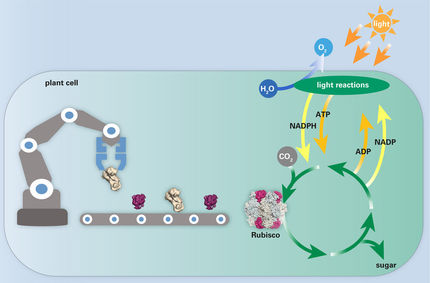One step closer to replicating nature with assembly of new 3-D structures
A team of New York University chemists has created a series of three-dimensional structures that take a step closer to resembling those found in nature. The work offers insights into how enzymes are properly assembled, or folded, which could enhance our understanding of a range of diseases that result from these misfolded proteins.
"Our methodology not only creates chain molecules that spur the creation of configurations similar to those in the natural world, but also promotes further assembly into more complex and compartmentalized systems," explains Marcus Weck, a professor in NYU's Department of Chemistry and the senior author of the paper, which appears in the Journal of the American Chemical Society. "These creations yield new knowledge of the folding process in nature as well as synthetic systems and, with it, the possibility to investigate misfolding, which is critical for a variety of diseases, including Alzheimer's disease, Parkinson's disease, and cystic fibrosis."
Currently, the engineering of well-defined structures similar to those found in nature is beyond the reach of chemists. Primarily, this is because the orchestration of structures of enzymes, proteins, and DNA is a remarkably complex undertaking, which includes an array of cooperative processes across multiple domains.
To get closer to mimicking natural materials, the NYU researchers devised a means in which simple building blocks, or monomers, form more complex polymers that can fold into secondary structures such as helices, sheets, or random coils that are capable of further assembly into higher order three-dimensional structures, often referred to as a tertiary structure in proteins.
"Our strategy takes these elements and engineers 3D architectures from well-defined secondary structures containing building blocks," notes Weck.
"While much work is dedicated to the engineering of bio-inspired synthetic folding systems that feature individual helical and sheet-like segments, our structures achieve design complexity while still maintaining simplistic routes to analyze assembled structures," he adds.
Most read news
Topics
Organizations
Other news from the department science

Get the life science industry in your inbox
By submitting this form you agree that LUMITOS AG will send you the newsletter(s) selected above by email. Your data will not be passed on to third parties. Your data will be stored and processed in accordance with our data protection regulations. LUMITOS may contact you by email for the purpose of advertising or market and opinion surveys. You can revoke your consent at any time without giving reasons to LUMITOS AG, Ernst-Augustin-Str. 2, 12489 Berlin, Germany or by e-mail at revoke@lumitos.com with effect for the future. In addition, each email contains a link to unsubscribe from the corresponding newsletter.
Most read news
More news from our other portals
Last viewed contents
Extrastriate_cortex
Renin-angiotensin_system
Kin_recognition
Restriction_digest

Neuroscientists illuminate how brain cells deep in the cortex operate in freely moving mice - This new miniature microscope is a game changer for exploring the link between neural activity and complex animal behavior
Neo-Darwinism
Griffith's_experiment
Artificial_pacemaker
Peptide_synthesis
Antibody
Radioresistance






















































